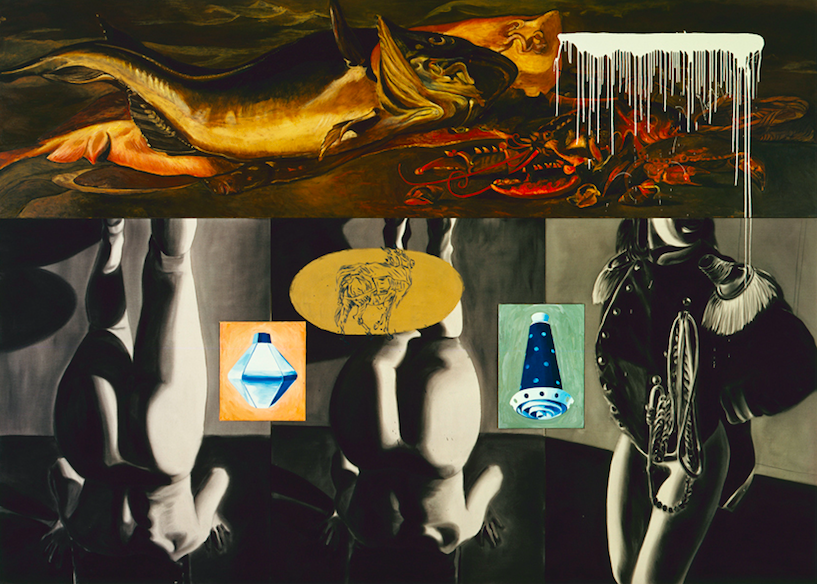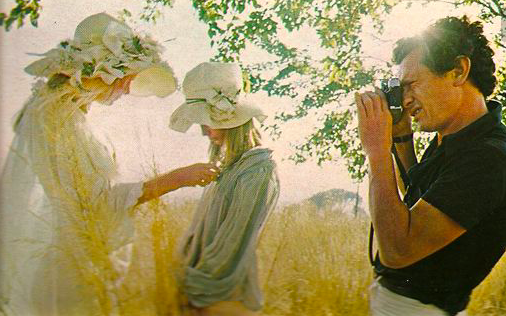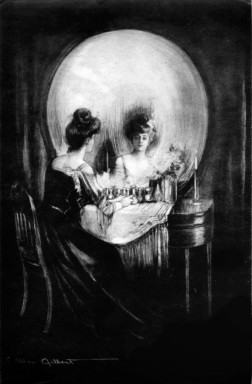
Eons ago, back in October 2016, the painter David Salle put out a book, How to See: Looking, Talking, and Thinking About Art. It did not enter my consciousness that this book existed until February, when I saw it displayed on the New Non-Fiction shelf at the library where I work, and I thought to myself, oh, what an ugly book, noting with distaste the blobby, glibly ingratiating computer-simulated-magic-marker-fast-food-franchise-font used for the title, primary red and blue on acid white, the words out of order in service of a visual pun: 2. to, 1. How, 3. See. The author’s name in the same kitschy mass-market font, soft gray, smaller print, in the upper right, to the right of the title’s “to,” the placement conspicuous in its self-aware awkwardness. Then I scowled, obliged to recall David Salle had not ceased to exist. I have not read his book and I do not intend to. I did read the publisher’s description – “Internationally renowned painter David Salle’s incisive essay collection illuminates the work of many influential artists of the twentieth century.” – and a review written in the New York Times: “It’s serious but never solemn, alert to pleasure, a boulevardier’s crisp stroll through the visual world.” A boulevardier, I confirmed, is a “a wealthy, fashionable socialite,” someone with the resources to spend a significant portion of his time ambling along boulevards, in that languorous Parisian way, preferably in a top coat, kidskin gloves. According to the Times, if you are grateful to be talked down to in “witty” and “sunny” tones by such a man as he heaps kudos on the art of other rich men, his upper-crust friends, you will enjoy How to See, especially if you are so grateful for a moment’s idyll in the dazzling headspace of the aristocrat as to overlook repetitiveness, shallow analysis, and lack of original insight. Isn’t it fascinating enough to learn that Urs Fischer sups daily on delicious organic fare come lunchtime? In which tell-all essay, one wonders, will we get the official scoop on Jeff Koons’ squash game? May the circle jerk never ever end. The review in the Times concludes that if you are the type of person to be impressed by David Salle and his in-crowd pals, you will be charmed by this book; the Times is impressed by David Salle, and charmed, hence you should be as well.
Salle, emblematic boy wonder of the 80s New York art world, won critical and financial success with a prodigious output of paintings characterized by a layering of miscellaneous visual debris – e.g. candlesticks, African masks, meat, mid-century-modern furniture, male poets’ names – over images of depersonalized naked women. They are iconic paintings, the encapsulation of the lingering, though now ebbing, postmodernist ethos of cool irony, smirking indifference, self-satisfied self-absorbed nihilism. Salle’s paintings were (and are still) lauded for how they interrogate meaning, which is to say, asserting that meaning is passé, so too truth, everything is equally meaningless, phony; the sophisticated choice is to forego the hopeless, childish search for meaning and dwell instead in superficiality and introspective masturbation. Salle’s paintings are alleged to be interesting precisely because they are meaningless; they elude meaning and thus provide critics and others with a stake in voluminous babbling over art much opportunity to grope prolix toward an analysis, with a concerted focus on the formal. Much has been written about Salle’s use of collage, juxtaposition and superimposition, appropriation, the politics of representation, his inversion or coy repudiation of “art’s rules”—therein is the inventiveness and allure of his work, to a certain set in any case. It is art about art, an elitist onanism which, upheld as an appropriate, even righteous, fixation, has the salutary effect of justifying the detachment of the elite from every reality outside their own cocktail party shrimp canapé existence. With your head up your ass you are saved from bearing witness to the suffering of others. Injustice is as meaningless as everything else.

